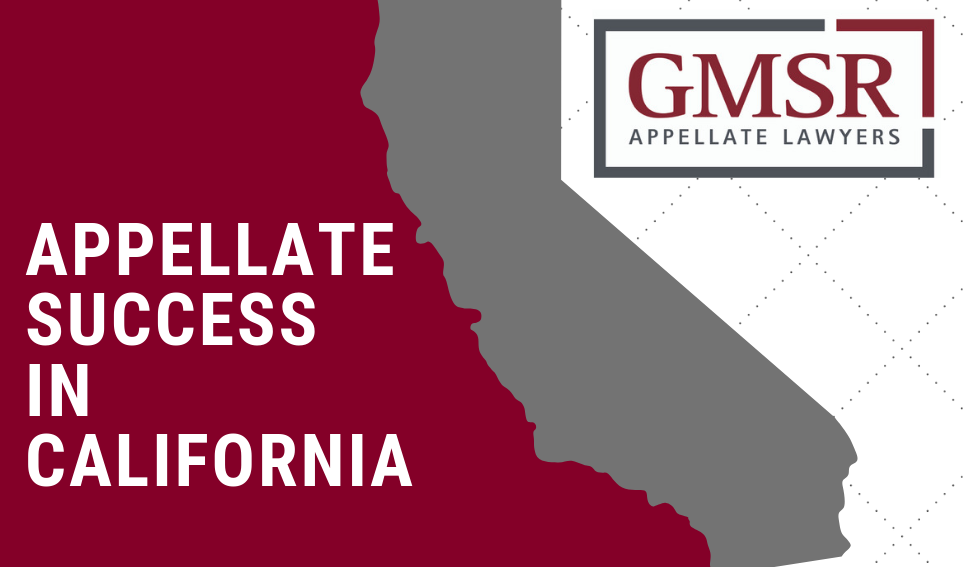Most judges hate footnotes in briefs. Please trust us on this, because we talk about legal writing with judges and justices a lot. Footnotes slow down a process that courts need to speed up: reading your brief and learning your main points. Worse, many lawyers use footnotes to avoid organizing their ideas, leaving the main text weaker than it should be. Or to indulge commentary on how “ironic” it is that an opponent claims X or Y. Or to “preserve” an argument—which footnotes fail to do as a matter of law.
Resist the impulse. Limit footnotes to one every five pages, if even that. Whack most footnotes in a draft by:
► The practical message: Your briefs will be more powerful and welcome if you sweep out the footnote clutter.


© 2025 Greines, Martin, Stein & Richland LLP.
All rights reserved. Disclaimer - Attorney advertising. Prior results do not guarantee a similar outcome.
6420 Wilshire Boulevard, Suite 1100
Los Angeles, California 90048
p: (310) 859 7811 | f: (310) 276 5261
50 California Street, Suite 1500
San Francisco, CA 94111
p: (415) 315 1774
555 Anton Blvd, Suite 150
Costa Mesa, CA 92626
P: (310) 859-7811
© 2025 Greines, Martin, Stein & Richland LLP.
All rights reserved. Disclaimer - Attorney advertising. Prior results do not guarantee a similar outcome.
We welcome your inquiry. However, sending us an email does not create an attorney-client relationship. For that reason, you should not send us any kind of confidential information. Until we have agreed to represent you, we cannot be obligated to keep it confidential.